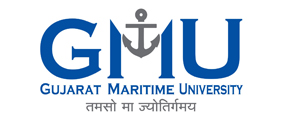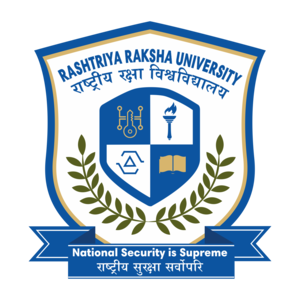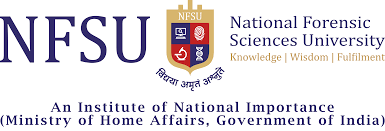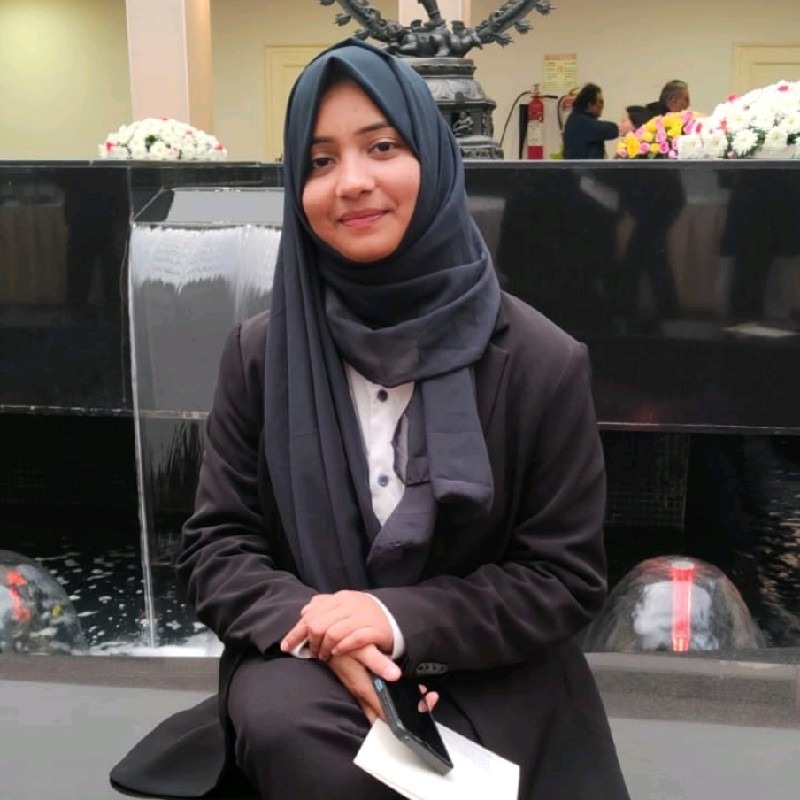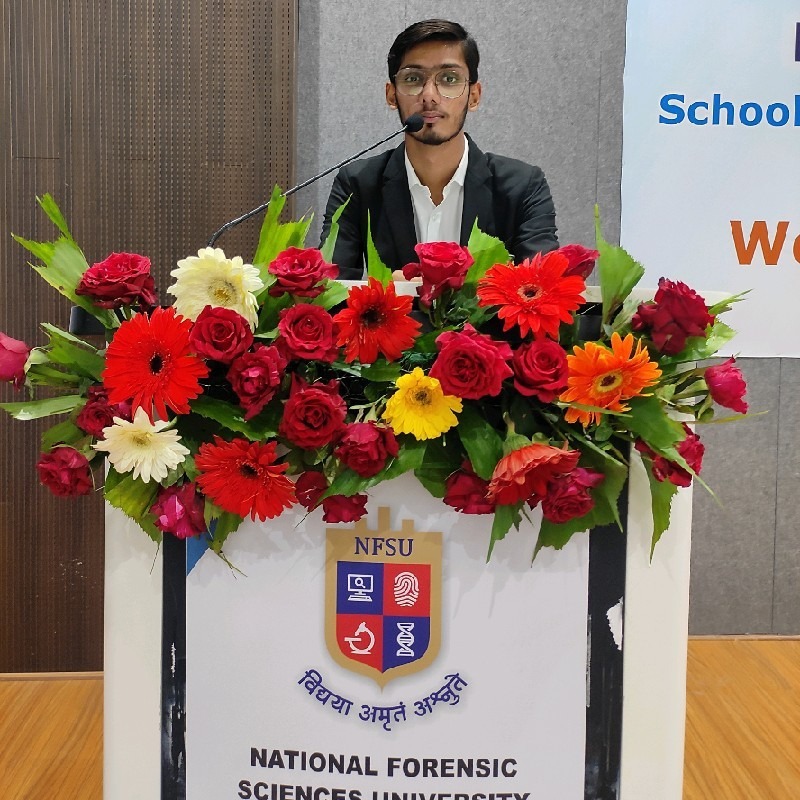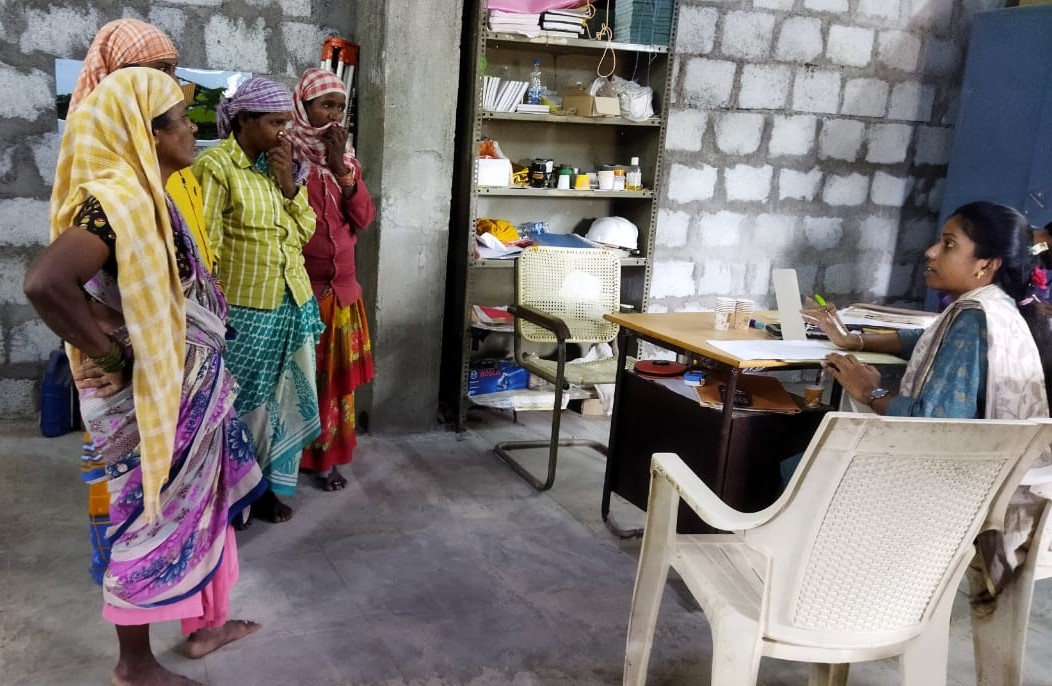
Kashmir The Vajpayee\'s Years
Kashmir,The Vajpyee Years is written by A.S Dulat and Aditya Sinha. A.S.Dulat was an IPS officer in the year 1965. He spent 30 years in the Intelligence Bureau before he took over as the chief of the research and analysis wing. And then he served our former ex Prime minister Atal Bihari Vajpayee’s office. Aditya Sinha is a one of the senior journalist and editor in chief of DNA. The issue of Kashmir was very close to our former Prime minister Atal Bihari Vajpayee’s heart.
There were repeated setbacks, first the Kargil war, General Pervez Musharraf\'s coup in Pakistan, the hijacking of Indian Airlines flight IC 814 in December 1999 then the Parliament attack two years later. But he countered each with an initiative filled with hope the bus to Lahore in 1999, the Agra Summit in 2001and finally the \'hand of friendship\' extended to Pakistan in Srinagar in May 2003. A.S. Dulat, chief of the Research and Analysis Wing under Vajpayee and India\'s foremost Kashmir expert, brings nearly two decades of experience in the state to bear on the subject in this book. It looks the maximum amount into the longer term as at the years gone because it throws light on how a replacement government can revive and conclude the Vajpayee social process
Title: KASHMIR THE VAJPAYEE’s YEARS
Author: A.S DULAT &ADITYA SINHA
Date of Publication: 25th july 2015.
Name of publication :Harper Collins
No of pages : 368
Amarjit Singh Dulat’s book, Kashmir: The Vajpayee Years , narrates the story of up thus far Kashmir. It outlines the history of the last twenty five years of the Kashmir valley.
Dulat could even be a former special director of the Intelligence Bureau and a former chief of India’s Research and Analysis Wing (RAW), the country’s external spy agency. When within the 1980s the valley started burning, Dulat was posted there and witnessed the state’s descent into chaos. He was also responsible of Kashmir while working within the Indian prime minister’s office between 1998 to 2004, when the govt. was led by Atal Bihari Vajpayee.
Therefore, what we\'ve within the book is an insider’s perspective of the time when the Himalayan state was undergoing a really difficult introduce its perennially difficult history–cross-border terrorism, the killing of Kashmiri pandits and thus the valley’s Hindu population, and thus the Kargil War between India and Pakistan all happened during now .
The book, co-authored with Aditya Sinha, discusses India’s engagement with Kashmir at a special level. It outlines how the Indian state engages different players–politicians, insurgents, and militants–in its search for an ever-elusive peace. the varied layers of engagement reveal not only the coercive nature of the state, but also the government’s cunning in playing one actor against the others. First, there are people who need a merger with Pakistan. Second, there are people who favor independence. Finally, there are people who want to be a neighborhood of India. The spy chief inadvertently exposes the duplicitous game played by India by not allowing the local political players to shape the region’s future. The deep engagement and interference of the Indian establishment ultimately prevents stabilization.
The book also exposes how separatists are employed by both India and Pakistan to serve their interests.
Dulat notes that the Vajpayee era, between 1998 to 2004, was the foremost fruitful and productive time in Kashmir. it had been a time when the inspiration for future peace was laid down. Vajpayee visited Pakistan twice and, despite the war in Kargil in 1999, he agreed to interact Islamabad when Musharraf came to Agra to hold talks with Indian leaders in 2001. The attack on the Indian parliament in 2001 by Pakistan-based militants again broke the momentum for peace, but both nations came back to the negotiating table again when Vajpayee visited Islamabad in early 2004.
However, Dulat says that the defeat of the first Bharatiya Janata Party (BJP) government in 2004 at the hands of Congress cost Kashmir lasting peace. according to him, Pakistani President Pervez Musharraf, at the time, suggested an out-of-the-box solutions to the Kashmir imbroglio. He had a four point formula: “making borders irrelevant by allowing the free movement of Kashmiris across the LoC (Line of Control), self governance, which meant autonomy but not independence; demilitarization; and a mechanism for joint management.” the previous secretary of state of Pakistan, Khurshid Mahmud Kasturi, in his book Neither a Hawk Nor a Dove also discusses this plan.
Dulat believes that had the formula been implemented, it could have led to the formalization of the LoC because the official border between India and Pakistan in Kashmir, negation of demands for a plebiscite within the valley, and an end eventually to the unfinished business of partition. this may need heralded a replacement era of peace within the subcontinent. But Dulat rues that the defeat of Vajpayee in 2004 and a scarcity of enthusiasm by his successor, Manmohan Singh, killed the initiative in its infancy.
But Dulat fails to answer why the BJP government under Narendra Modi has not yet tried to revive this old venture with Pakistan. Kashmir holds the key to stability in South Asia. The book lays great emphasis on talks with Pakistan. Make no mistake: the narrative in Dulat’s book is one-sided and has been written from the attitude of latest Delhi. As a result, we don’t get to concentrate to Pakistan’s side of the story. Dulat’s account also fails to spotlight the highhandedness of Indian security forces within the valley. because the country’s supreme spy chief, Dulat doesn\'t plan to tell the story of the various missing youth within the valley since the 1980s. He doesn\'t affect the intrusive nature of the Indian military within the valley. The book remains silent on the essential question of why an outsized section of Kashmir’s population remains alienated from the mainstream.
Is India holding Kashmir together or is Kashmir, in effect, holding India together? The book doesn\'t answer this question. the most recent literature on Kashmir scratches only the very best layer of the Kashmir problem and fails to travel deep and provide true insight into the matter at hand. Readers learning this book should, thus, heed Sir Francis Bacon’s sage advice and avoid reading “curiously.”
